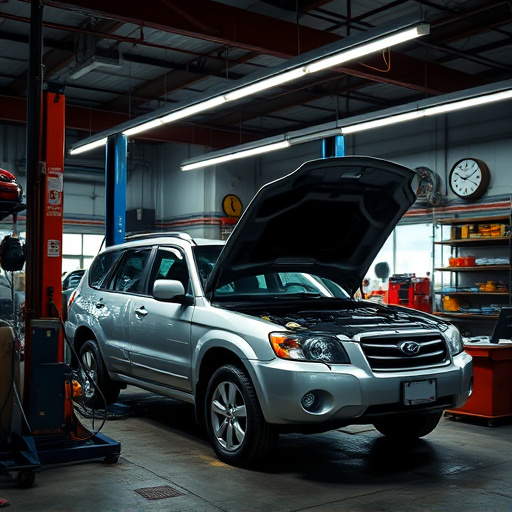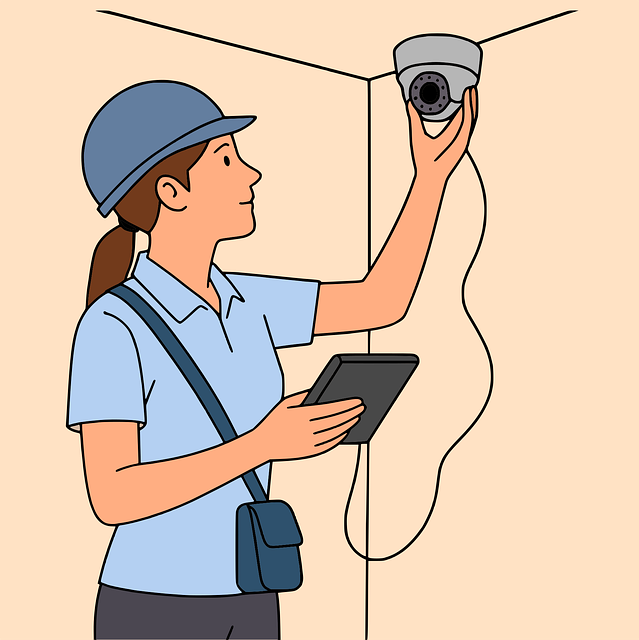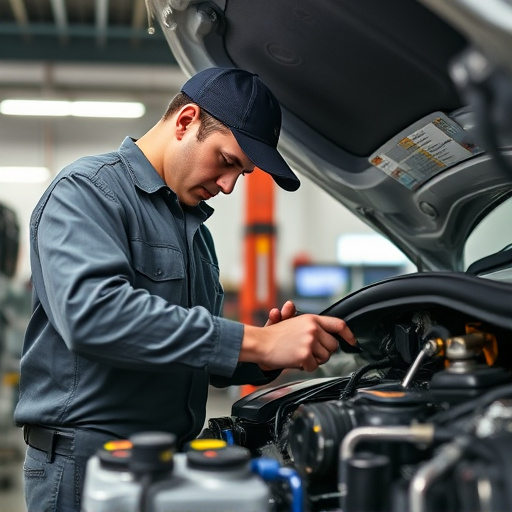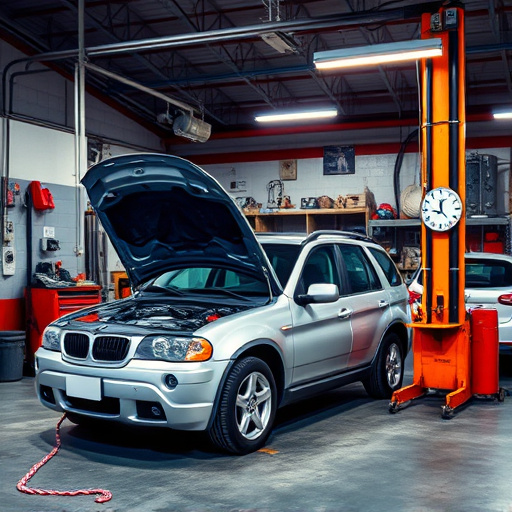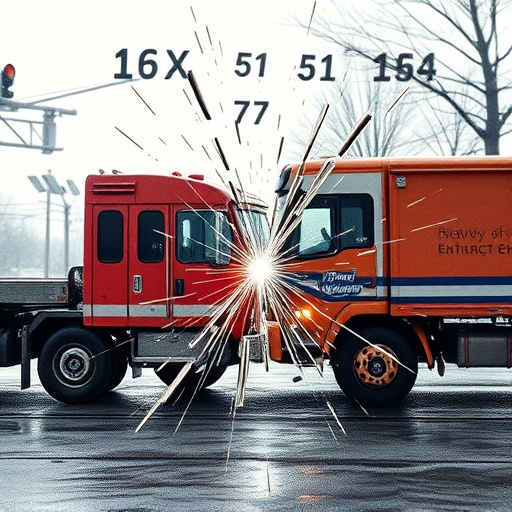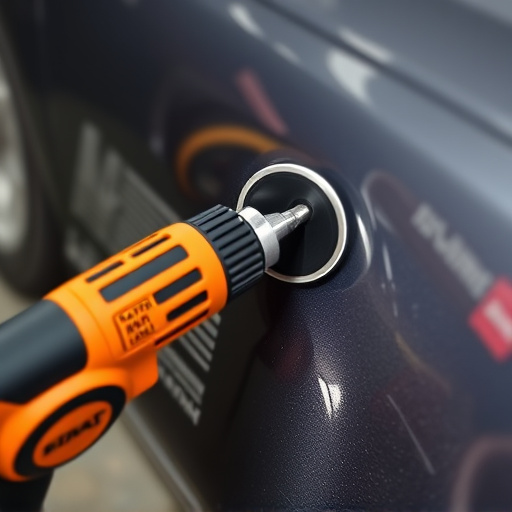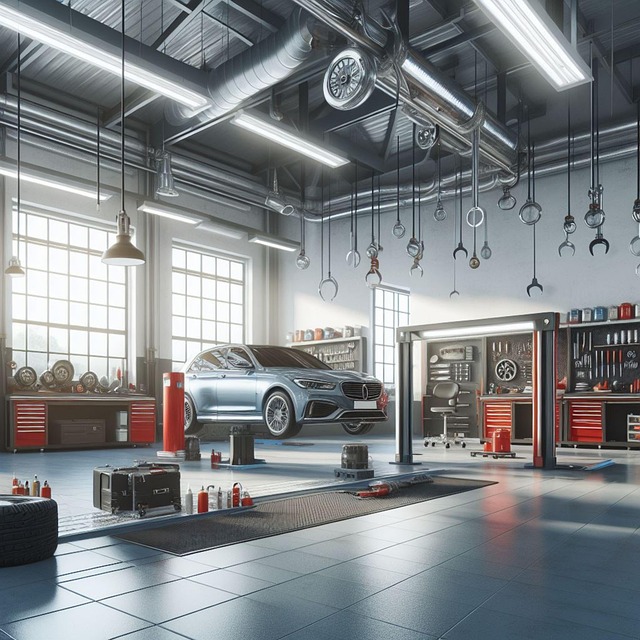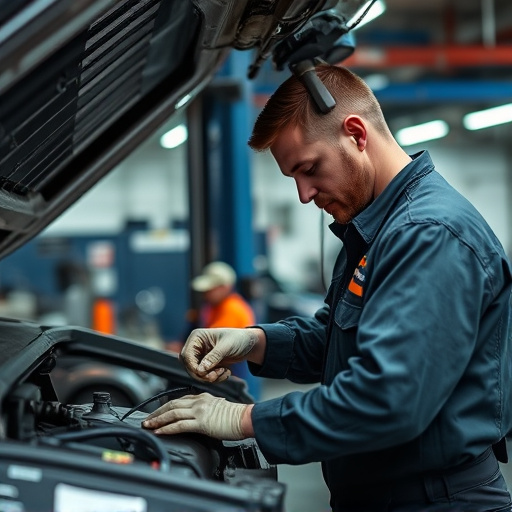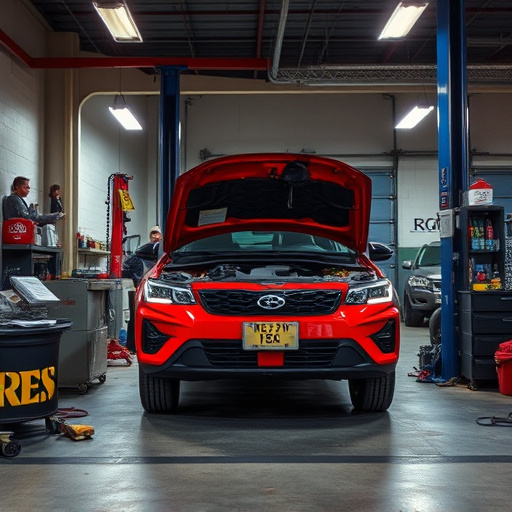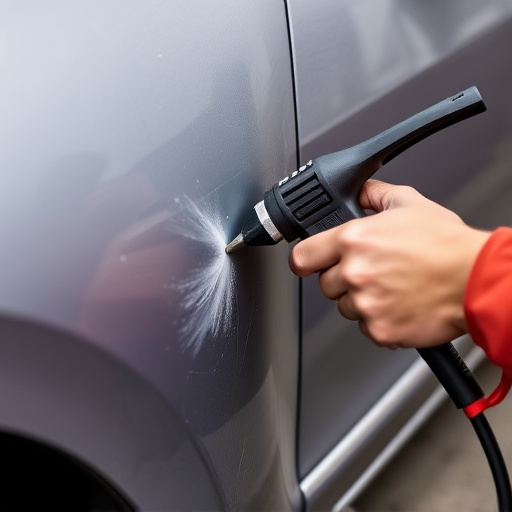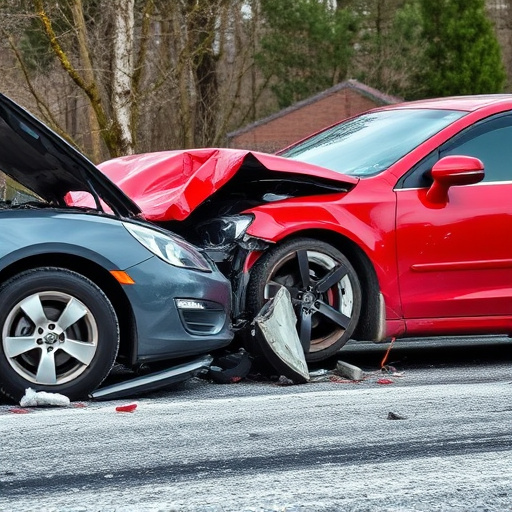Battery replacement after a crash isn't always necessary. Assess damage for internal short circuits, water intrusion, or structural issues. Modern vehicles have diagnostic tools to check battery health. Prioritize external repairs first, preserving the battery if possible and reducing waste. Consult professionals for severe accidents.
“Are you wondering if replacing your car battery after a crash is always inevitable? Understanding that a vehicular collision can indeed impact your battery’s health is crucial. This article guides you through the process of determining when a complete battery swap is necessary and offers insights into practical alternatives.
From assessing damage to exploring cost-effective solutions, we’ll help you make an informed decision regarding your car’s power source. Learn more about navigating the aftermath of a crash and its effect on your battery replacement needs.”
- Understanding Battery Damage After Crashes
- When is Replacement Truly Necessary?
- Alternatives to Complete Battery Swap
Understanding Battery Damage After Crashes
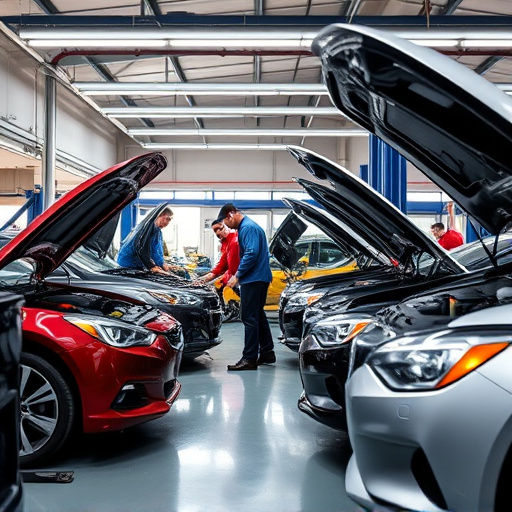
After a crash, it’s natural to focus on immediate safety and necessary repairs like auto glass replacement or paintless dent repair for automotive body work. However, one crucial component often overlooked is the vehicle’s battery. Battery replacement after a crash isn’t always necessary, but understanding potential damage can help owners make informed decisions.
Batteries, located in a sensitive area beneath the hood, can sustain various types of damage during an accident. Physical impacts might cause internal short circuits or structural harm, leading to reduced performance or even failure. Water intrusion, another common issue post-crash, can cause corrosion and significantly reduce battery life. Recognizing these potential problems is essential before assuming a new battery is required. Many modern vehicles also have advanced electrical systems that can provide insights into the battery’s health, making it easier to diagnose issues.
When is Replacement Truly Necessary?
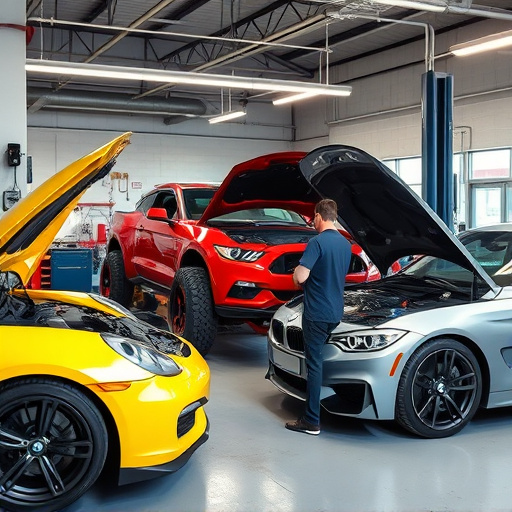
After a crash, many vehicle owners wonder if they need to immediately replace their car battery. While it’s true that a collision can sometimes damage or weaken a battery, determining whether replacement is truly necessary requires a closer look. Not all batteries fail after an accident, and in some cases, simple repairs like scratch repair or even a thorough diagnostic check might be enough to get your battery back up and running.
The need for battery replacement depends on various factors, including the severity of the crash, age of the battery, and pre-existing conditions. If your car was involved in a serious accident, especially one that caused significant structural damage, it’s advisable to have both the battery and other critical components inspected by professional collision repair services. They can perform thorough diagnostics to assess any internal or external damage that could impact battery performance. Moreover, if your vehicle is older, or if you’ve noticed signs of corrosion or leaks around the battery, auto painting and related services might be needed not just for aesthetic repairs but also to ensure optimal battery function.
Alternatives to Complete Battery Swap
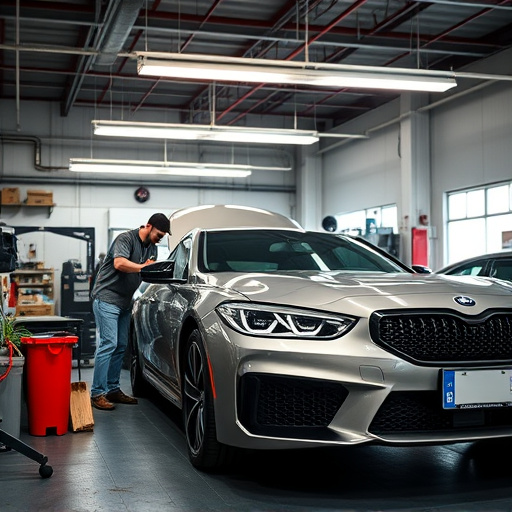
In many cases, after a vehicle crash, the instinct is to immediately consider a complete battery replacement. However, depending on the severity of the incident, there might be viable alternatives that are both cost-effective and environmentally friendly. Before automatically replacing your car battery, it’s crucial to assess the overall damage. If the frame is straightened, the body panels are intact, and only minimal auto painting is required, the original battery could still serve its purpose.
For instance, a simple bumper repair or adjustment might not necessitate a new battery. Modern batteries often come with advanced diagnostic capabilities that can identify issues within the electrical system. If the damage is confined to external components like bumpers, fenders, or lights, these repairs can be prioritized while leaving the battery untouched. This approach not only saves costs but also reduces electronic waste, contributing to a more sustainable automotive landscape.
While it’s understandable to worry about battery replacement after a crash, not every incident requires a complete swap. Understanding battery damage and knowing when a simple repair or alternative solution is feasible can save you time and money. In many cases, a thorough inspection and diagnosis are all that’s needed to ensure your battery remains safe and functional. Remember, for severe crashes or if your battery shows signs of internal damage, professional assessment is crucial before deciding on any replacement.
